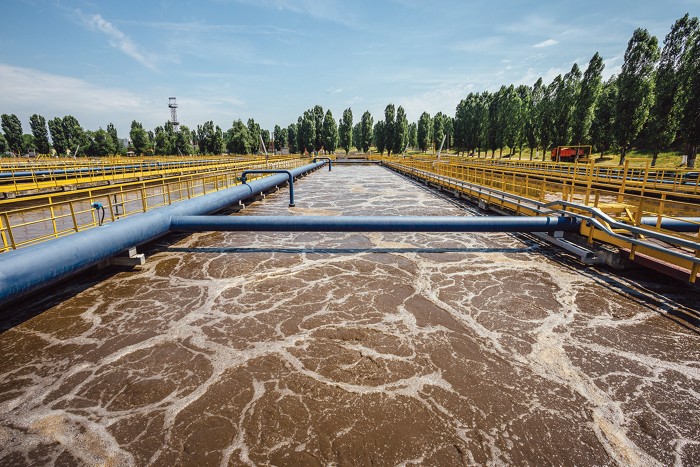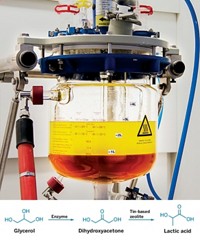Advertisement
Grab your lab coat. Let's get started
Welcome!
Welcome!
Create an account below to get 6 C&EN articles per month, receive newsletters and more - all free.
It seems this is your first time logging in online. Please enter the following information to continue.
As an ACS member you automatically get access to this site. All we need is few more details to create your reading experience.
Not you? Sign in with a different account.
Not you? Sign in with a different account.
ERROR 1
ERROR 1
ERROR 2
ERROR 2
ERROR 2
ERROR 2
ERROR 2
Password and Confirm password must match.
If you have an ACS member number, please enter it here so we can link this account to your membership. (optional)
ERROR 2
ACS values your privacy. By submitting your information, you are gaining access to C&EN and subscribing to our weekly newsletter. We use the information you provide to make your reading experience better, and we will never sell your data to third party members.
Biofuels
Adding a surfactant to sewage boosts biofuel production
Rhamnolipids help turn human wastewater into both hydrogen and biodiesel
by Benjamin Plackett, special to C&EN
February 10, 2023

Wastewater from humans in a single year could fill more than 100 million Olympic-size swimming pools, according to researchers from Canada and the Netherlands (Earth Syst. Sci. Data 2021, DOI: 10.5194/essd-13-237-2021). The waste people flush down the drain is rich in energy, and its contents can be used to develop renewable fuels. But optimizing the efficiency of such a process is critical to making the endeavor economically viable. Now scientists have shown they can boost both hydrogen and biodiesel production from waste by adding a biodegradable surfactant (ACS ES&T Engg. 2023, DOI: 10.1021/acsestengg.2c00372).
Researchers at the Harbin Institute of Technology and the Northeast Agricultural University took waste activated sludge—made from raw sewage that had been treated with oxygen to stabilize its microbe populations—from a treatment plant in Harbin, China. They sieved the mixture to remove large particles, heated the sludge, and allowed bacteria to produce hydrogen through fermentation. After that, they added microalgae that use items produced during fermentation to generate lipids useful for making biofuel. Finally, scientists tested the effects of nine surfactants on this procedure.
The scientists found that adding rhamnolipids, biodegradable surfactants named for their rhamnose sugar groups and fatty acid tails, created the best environment for the microalgae and the sludge’s bacteria to generate fuels. The study’s authors speculate that the rhamnolipids’ hydrophilic and hydrophobic groups reduced the surface tension of the waste activated sludge and the macromolecules contained within it. This may have encouraged the breakdown of the waste’s organic matter, making vital nutrients more accessible for the hydrogen-producing bacteria to digest. The surfactant benefitted biodiesel output too since the microalgae fed on the fermentation solution produced by the bacteria. All said, the waste with rhamnolipids yielded 13.53 times the hydrogen and 11.2 times the biodiesel precursors that the control group did.
Rhamnolipids are considered environmentally friendly because they are biodegradable, which should mean the waste doesn’t become any more difficult to manage after the process. The biosurfactant also works well at relatively low concentrations. “It looks promising economically because of this,” says Pattanathu Rahman, a biomolecular scientist at Liverpool John Moores University. Rahman was not involved with the study but previously discovered a novel biosurfactant-producing bacterium. “This technology would work best in a tropical country, however. Microalgae need sunlight, and so you’d need a photobioreactor in wintertime in colder countries, which would make it very expensive.”
But others caution that this new technology has been tested only on waste activated sludge. This material is a relatively simple substance to work with compared with wastes rich in phosphates, nitrates, and complex compounds, says Shirish H. Sonawane, a chemical engineer at the National Institute of Technology Warangal who did not contribute to the new study. “That type of waste is really difficult to treat, and that’s what the major challenge to tackle is.”





Join the conversation
Contact the reporter
Submit a Letter to the Editor for publication
Engage with us on Twitter